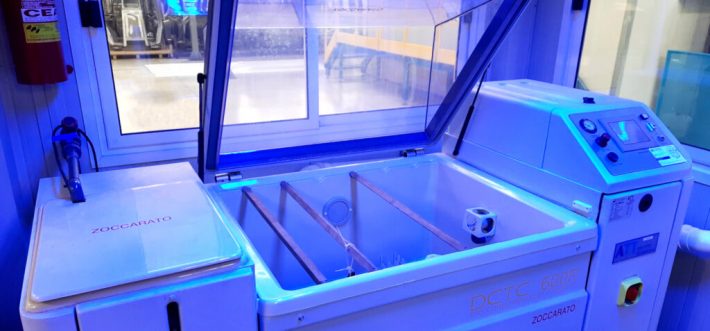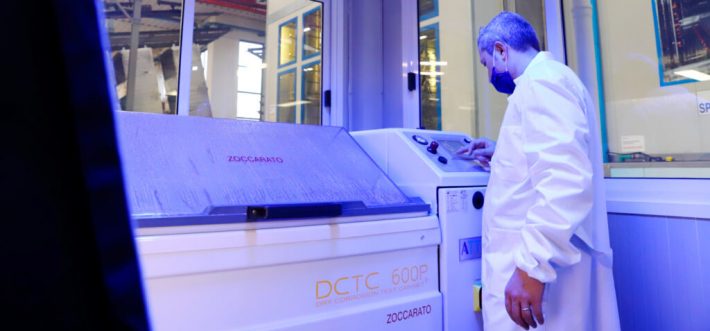Any metal item that has to operate in the open air is susceptible to external influences and oxidation. Whether it’s earth-moving machinery, cars, automatic gates or garden furniture, everything needs to be properly protected to prevent these agents from affecting its life cycle.
The first thought that comes to mind will probably be rain, but in reality, any weathering agent is a potential risk: the sun, air, snow, ice, salt and time itself, meaning the years that an item has been outside, to name but a few, can compromise metal surfaces.

For this reason, pre-testing can help to drastically reduce the unpredictability element related to the durability and resistance of an item’s coating to certain weather conditions and risk agents.
In this regard, one of the most performed and reliable tests is called salt spray corrosion test (or NSS, Neutral Salt Spray), or more simply salt spray testing or accelerated ageing testing, and is a process used in the quality control of coated materials and is regulated by precise European and international ISO standards.
The reference standards for the correct performance of the test are ISO 9227:2017 and ASTM B117.

Salt spray testing is suitable for ensuring that the quality of a metal, with or without corrosion protection, is maintained. One of the major concerns of manufacturers and quality control of materials is time, and this specific type of test is very useful to simulate the real life cycle of a product in order to prove its deterioration in external environments.
From an operational point of view, the salt spray test is carried out by placing the material to be tested in a special chamber, where a saline solution (5% NaCl) is vaporized at a temperature of 35°C.
In this way, the material undergoes the same changes (if any) that it would undergo if exposed to air for a very long time, making it possible to quickly check its reactions.
The time spent in the chamber varies according to the test required and, once completed, will give those who request it an overall picture of the corrosion performance of their product.

